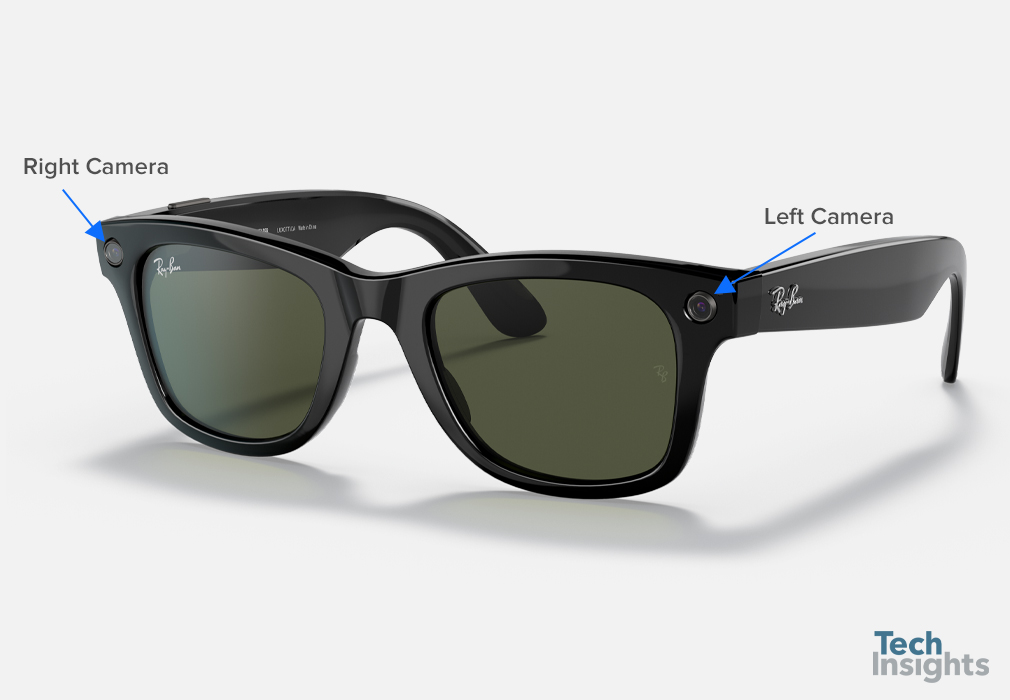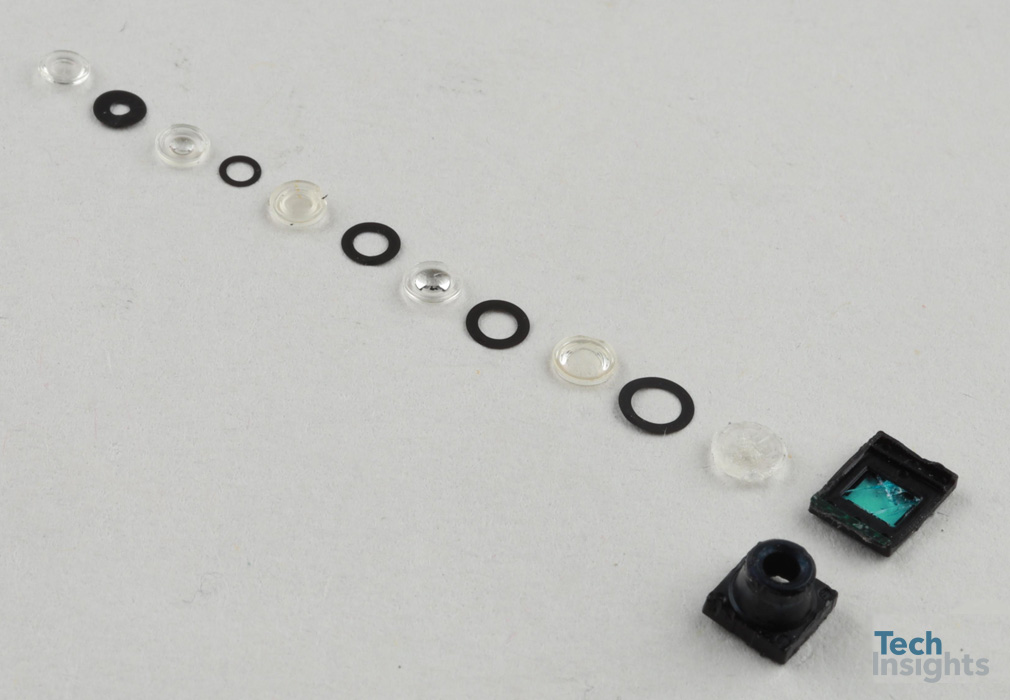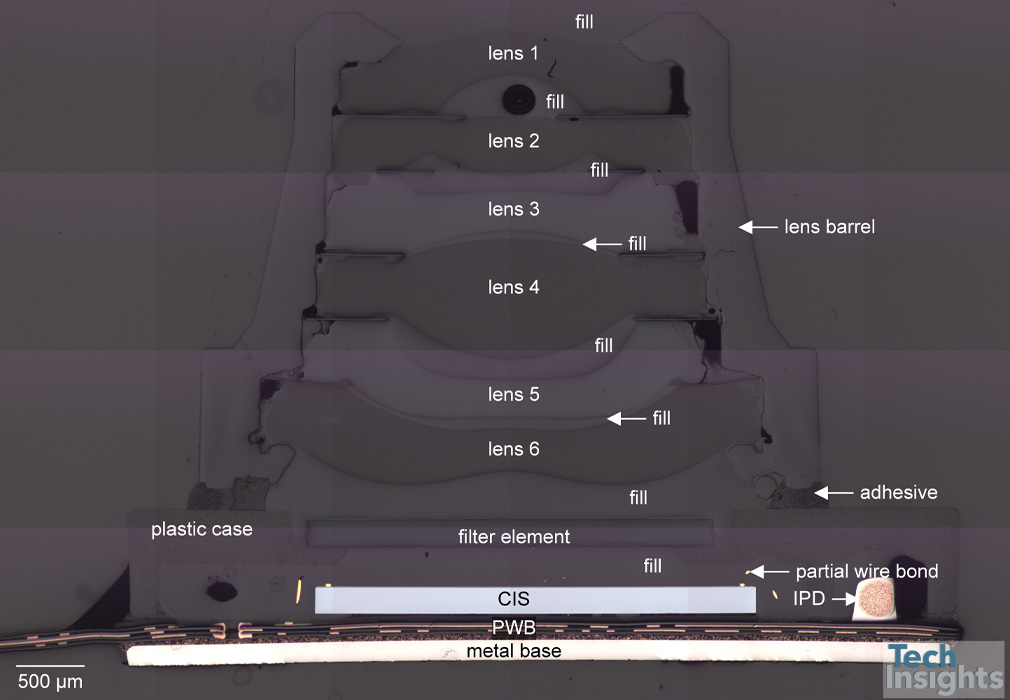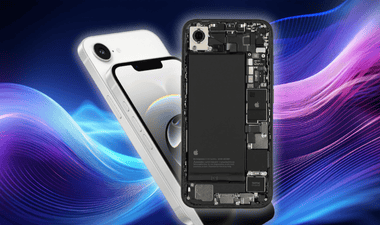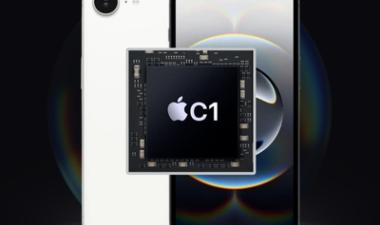Ray-Ban Stories smart glasses use two frame mounted cameras to capture images in a first step towards Augmented Reality
The new Ray-Ban Wayfarer Stories glasses are a product developed by Facebook in a partnership with EssilorLuxottica (founded in 2018 from a merger with Italian Luxottica and French Essilor), and the Package channel decided to take a look at the cameras these smart glasses use.

John Scott-Thomas
The idea is to combine the stylish Ray-Ban form with the ability to take pictures or video of what you’re looking at- no need to pull out a smartphone and point it, just click a button on the temple of the glasses and you’re done.
The catch is that you must have a Facebook account, and the required Facebook View app seems to be continuously active once it’s installed. Facebook has invested significantly in Augmented Reality technology; the Stories glasses are a first step towards full AR , a technology Facebook thinks will be available in five to ten years. The fully mature AR would allow the user to combine virtual objects and the real world in the wearer’s view.
Subscribe to TechInsights Blogs
Join our list to get the latest blog posts directly in your email.
The Stories smart glasses have lots of hardware stuffed inside the temple arms; 512 MB LPDDR3, 4 GB NAND flash,a 6-axis accelerometer, WiFi and Bluetooth 5.0, speakers, all powered by a 167 mAh Lithium Polymer battery. There’s lots of teardown information on the glasses in TechInsight’s Deep Dive Teardown ( Report code DDT-2109-811). Two 5 MPixel cameras serve as the “eyes”, one behind each of the end pieces on the frame, beside the temple arm hinges.
TechInsights opened up the cameras in a recent Package analysis (Report code PKG-2109-807). The two cameras are co-packaged with other optical devices; a LED (indicating the camera is taking a picture) in the right camera and an Ambient Light Sensor (to adjust image processing and camera settings, manufactured by Renesas) in the left camera.
Pulling apart the lens stack, (shown in Figure 2) there are a total of six lenses with spacers between each lens. Note the thin diameter of the spacer between lens 1 and lens 2 that really closes the aperture of the camera. The carefully designed spacers are likely an effort to reduce flaring effects like ghosting that are a particular problem in bright outdoor environments these glasses are going to be used in.
Sunny Optical markings are on the camera package and inside are 13 additional passive devices soldered to the PWB. A cross-section through the camera (see Figure 3) shows the lens stack over the image sensor. The six lenses sit in a fixed focus lens barrel, with no voice coil or magnets. The lenses are all plastic, and lens five appears to have a complex material composition with Magnesium, Fluorine and Phosphorus added to the plastic, as seen with EDS analysis.
The image sensor is a 5 MP OmniVision OV716 CIS device using a Bayer color filter pattern and 31 wire bonds connecting the sensor to the Printed Wiring Board. There are plenty more details in our Package report PKG-2109-807.
Ensure you’re armed with the latest technical intelligence.
Sign up for a free trial today to see how the TechInsights Platform will help you.





